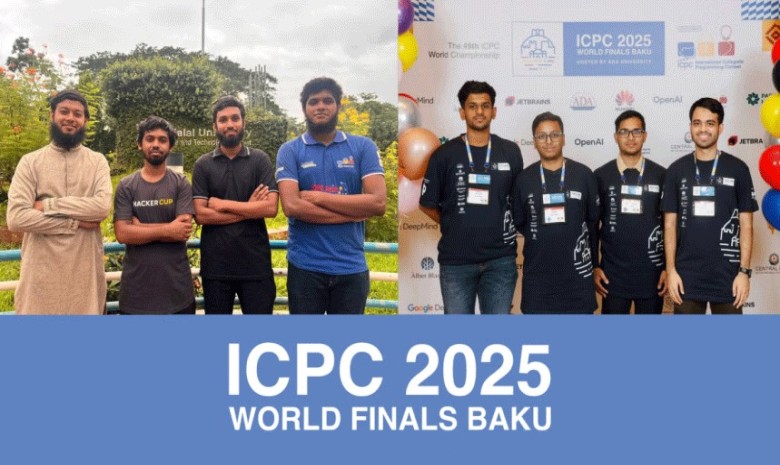In the world of programming, not all languages are designed for practical, large-scale projects. Some are developed as experiments, some for humour, and others as educational tools.
While Python, Java, Ruby, and PHP dominate mainstream use for their practical applications, there are also languages that are both challenging and unconventional. Some were created for fun, while others serve serious research purposes. Learning them not only surprises colleagues but also enriches one’s programming skills.
Remarkably, these languages are not limited to beginners. Experienced programmers also use them to enjoy learning something new. They are often seen in hackathons, educational programmes for children, and even projects combining art and science. Stepping outside traditional text-based coding, these languages provide fresh perspectives and bring a unique creative flavour to programming.
LOLCODE
Not all programming languages are alike. Some are built for highly practical tasks, while others, such as LOLCODE, were designed with humour at their core. Inspired largely by internet memes — particularly cat memes — LOLCODE is experimental and playful. While not suitable for large projects, it is popular in hackathons and fun coding events and serves as a lighthearted tool to introduce newcomers to the basics of programming.
LaTeX
For those engaged in mathematics, research, and science, LaTeX is invaluable. More than just a programming language, it is a typesetting system capable of presenting complex, number-heavy projects with elegance. Its prominence in academic and professional research communities makes it a cornerstone of scientific publishing.
FALSE
FALSE is truly unconventional, built with a compiler executable of less than 1,024 bytes. Its deliberately confusing syntax and complex structure are meant to present a challenge. While difficult to learn, it is used both to teach students core concepts and to provide experienced programmers with exercises in advanced coding techniques.
Alice
Named after Lewis Carroll’s famous character, Alice is designed for children. The block-based environment allows learners as young as eight to grasp object-oriented programming concepts. With Alice, it is easy to create animations, tell interactive stories, or design 3D games, making it an accessible and engaging entry point for young coders.
Piet
Named after Dutch painter Piet Mondrian, Piet takes programming into the realm of abstract art. Programs appear as colourful, abstract images, with code written in 20 different colours. It is both a work of art and functional code, though mastering it is far from simple.
Some of these languages may bewilder, while others may delight, but all of them expand the imagination and add colour to the programming landscape.
Source: Silicon Republic
Total views: 978



























